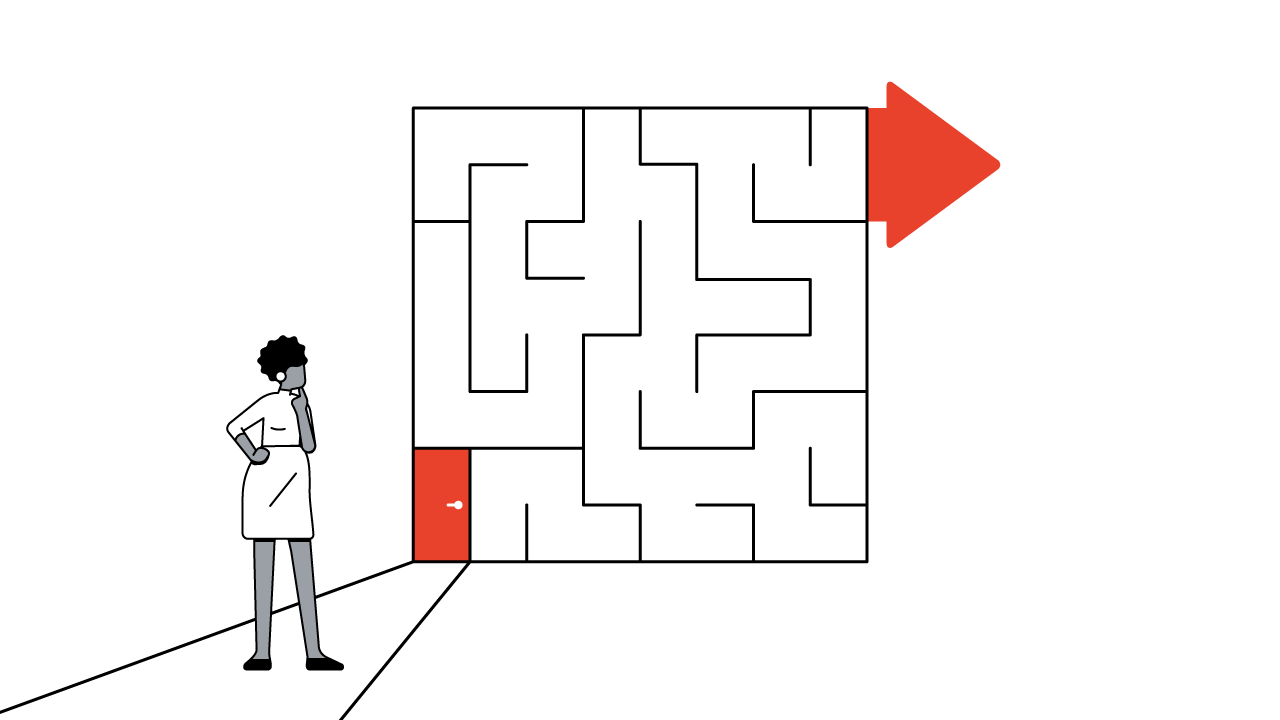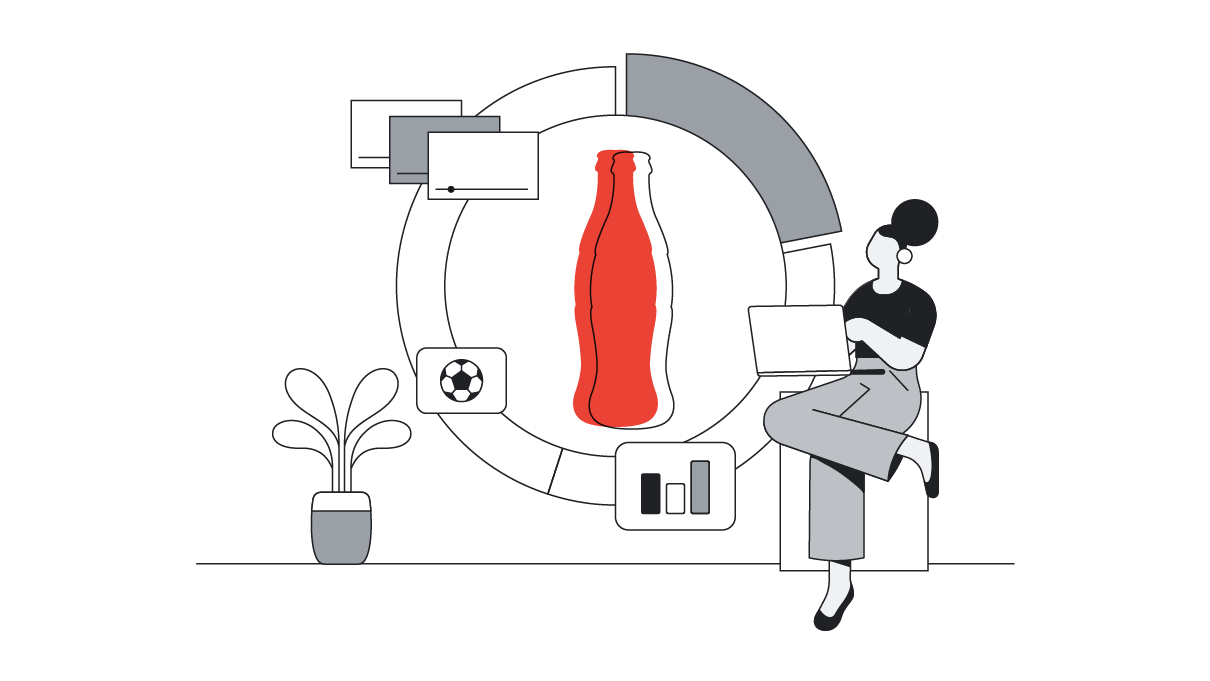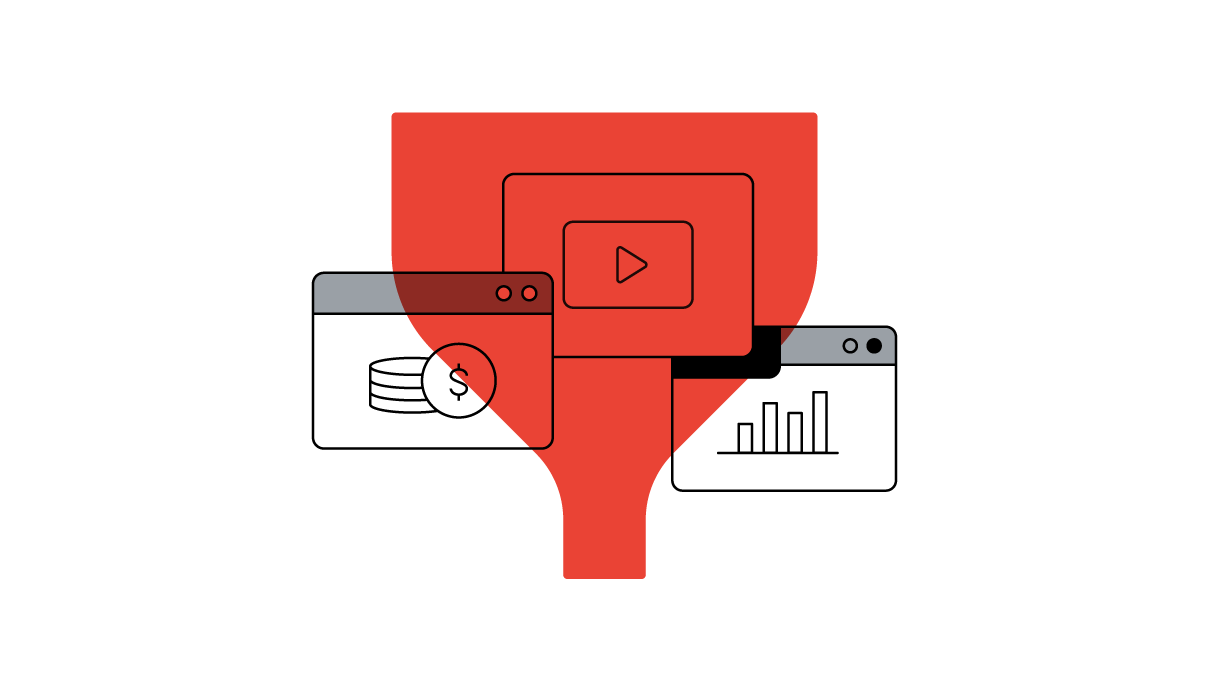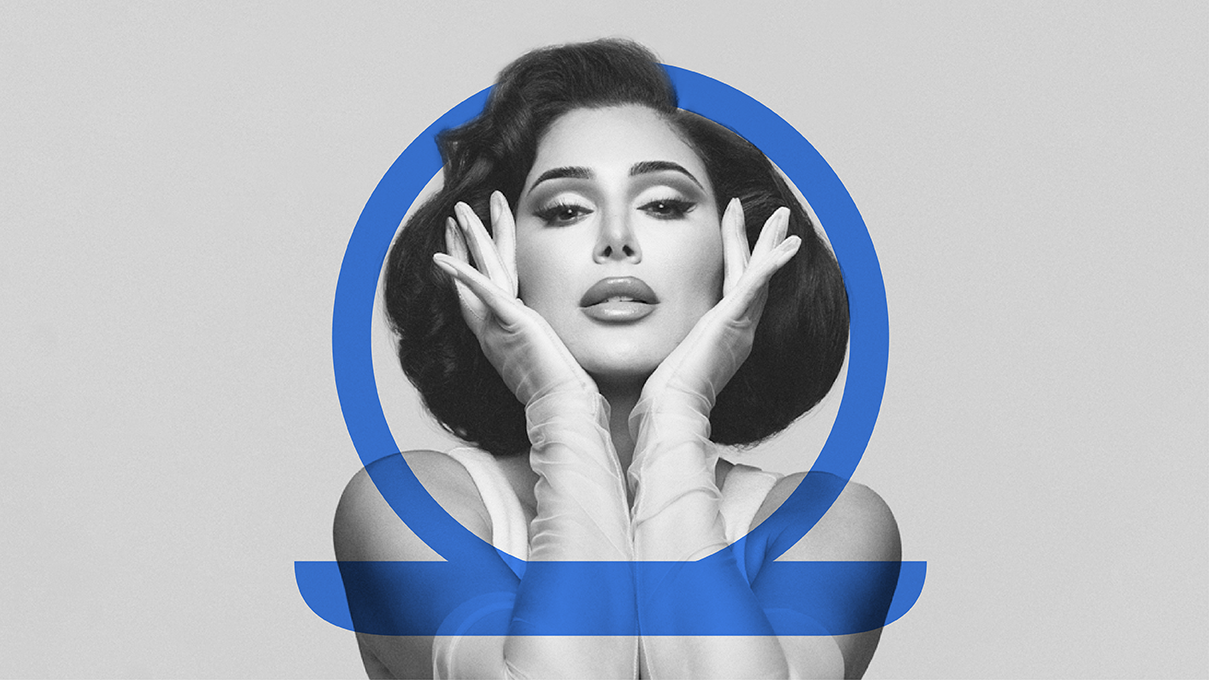Once upon a time, you knew 'quality' content as soon as you saw it. Expensive cameras, slick video production and famous faces marked a programme or ad as an attention grabber. Now, with more content than ever competing for eyeballs, what gets and keeps attention is much less straightforward. The most popular content today often breaks all the conventional rules.
We conducted in-depth research in partnership with Omnicom Media Group,1 surveying 3,200 people, aged 13 to 64, who were evenly distributed across demographics. All respondents had watched or streamed video content during the 24 hours prior to taking the survey and were asked about what 'high quality' content meant to them. We also talked to industry executives to get their take on what viewers care about and how to earn their attention.
What we learned: The future of content is all about passion. Here are the three themes that emerged.
Beautiful storytelling trumps video production value
When it comes to creating engaging video, the camera you use is less important than what you do with it. “Creating quality video isn’t about the hardware you have, it’s about how well you use it to tell a story,” said Steven Bartlett, CEO at Social Chain Group. “You can tell great stories with a small camera in the palm of your hand.”
Research bears this out: When people are choosing what to watch, relating to their passions is 1.6X more important than whether content has high production quality.2

“A lot of brands are loud and boisterous without any reason behind it,” said Brandon Pierce, group creative director at Droga5. “You need to create stuff that’s not only visually stimulating but also intellectually stimulating, where the viewer is learning something, laughing or being enlightened.”
Niches can be huge
Even in the age of cable, viewers have been restricted to a limited number of channels. But now, online video allows people to watch content that caters to any interest or need. You’d be hard pressed to predict some of the content and creators that take off.
Andrew Rea, creator of Binging With Babish, has found success recreating famous meals from films and TV, which is already pretty niche. But the channel he loves most is even more niche. “One of my favorite shows on YouTube is Steve1989MREinfo, who unboxes military rations. Imagine pitching that programme to a traditional television network. It’d never happen. And yet he has millions of people watching because he’s so passionate about what he’s knowledgeable about.”
Other channels serve similarly niche passions. Wildlife educator Coyote Peterson’s Brave Wilderness, for instance, has built a loyal audience of 14 million subscribers through videos focusing on some of the most unpleasant insects in the animal kingdom, while Postmodern Jukebox regularly racks up millions of views via old-school arrangements of modern hit songs.

For people looking to learn more about everything from world history to makeup tutorials, these niche channels meet their needs in the moment. According to the OMG research, content that allows viewers to dig deeper into interests is 2.7X more important than featuring famous actors.3
Premium is personal
What we’re seeing again and again is that people seek out content that resonates personally or that meets their needs in the moment. And with so much content available to them, they’re discriminating with their time and interests. Three in five Gen Z and millennial viewers want to find purpose and meaning in what they watch. And half of Gen Z and millennial consumers say that they often watch things just to be able to talk about them.4
YouTube started in a place of consumer-generated content, and that DNA has given it a halo effect of authenticity.
This engagement and connection people have to what they’re watching has a ripple effect for brands. “YouTube started in a place of consumer-generated content, and that DNA has given it a halo effect of authenticity,” says Crystal Rix, chief strategic officer at BBDO NY. “Consumers have a deeper respect for what they’re going to view on YouTube, because they feel as though YouTube is part of them, that they’re in this club of users. I think when your brand shows up in that space, you benefit from that authenticity.”
Thanks to comments, social media and the speed and ease of uploading video, it’s now easier than ever to connect with audiences, engaging them on their terms. It’s a must for YouTube creators, who often engage with fan suggestions or even allow them to vote on subject matter – and brands who succeed in the space often do the same.
Moving forward, technology is only going to make personalisation at scale more feasible, enabling people to feel more connected – even during ads. “Digital video allows us to tailor content,” said Rix. “We used to interrupt our audiences and tell them what we wanted them to know. Now we know more about them, and we can make all of the content more contextually relevant and, ultimately, more meaningful to them.”






